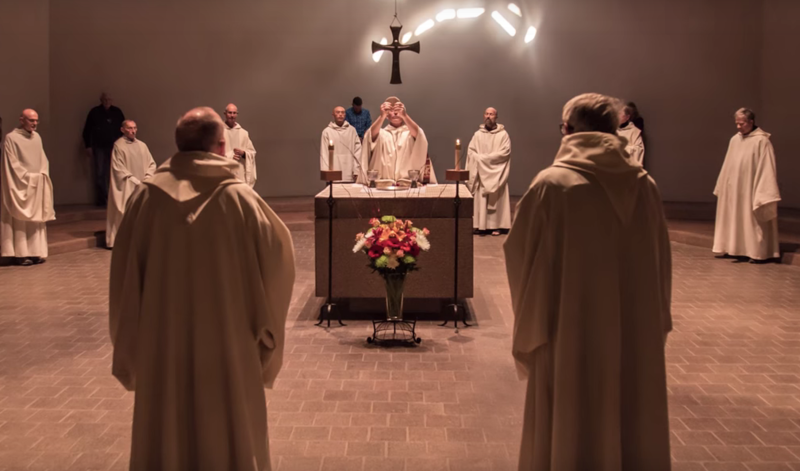Memory is a grace we must ask for. It is very easy to forget, especially when we are well fed (cf. Dt 6:10-12, 8:11-14) – Pope Francis (pulled from the Magnificat 3/6/24)
At the end of January and into early February, I was riding a total high of endorphins. I had worked my way slowly and carefully back into running and was finding time to get out for 3 mile runs twice a week. It felt amazing. I eased into 4 miles and still felt awesome. I was still doing a lower body strength workout one day, and would do abs after the runs, and was soaking in all the joy of feeling strong and being able to do this thing I loved after so long. Then, I got Joe sleeping through the night and after two nights of uninterrupted sleep, I was out for a run and thought, hey, I want to run a half marathon! I should mention, I had also gotten onto Strava, so I had this social media/dopamine component – when I completed a run I could post it and get “kudos” from friends and family – a feedback loop that made me want to run more and faster and longer, to achieve more goals and feel even more awesome.
All of this had the very slight feel of being an idol in my life, but was easy to dismiss because it gave me so much joy, it was a fun flow activity, my unicorn space, that spilled over into my vocation as a mom and helped me be a more patient, loving mom. So, I thought I needed it. I deserved it!
Fast forward to the end of Week 1 of my Half Marathon Training Plan, and I found myself hobbling to finish my 7 mile run, waddling for the rest of day, barely able to walk. The jump in mileage, frequency, and intensity from one week to the next was too much for this 7 month postpartum body to handle and I had strained my groin and adductor tendon as my pelvis had slipped out of alignment.
I was pretty devastated. It was a crash after such a high, and until I could see a PT and figure out what was wrong, I was stuck, waiting and resting it, not really knowing what “it” was. I started hating Strava. Ugly feelings of jealousy flared up and as I was spiraling I realized how much ego had been wrapped up in this activity. It had been a source of joy, yes, but did I need it? No.
In this time of feeling stuck and waiting, Lent started. At the 8am Ash Wednesday Mass, with Chris, Joe, and John, I suddenly realized that daily Mass was available to me in a very easy way. Without a workout plan to think about and look forward to, I found myself open to going with Chris, and even without Chris, after dropping off the girls at school. I went, and I went again, and I’ve kept going. I saw the gift God had dropped into my lap, and the grace of hungering for Him, for Him to nourish and sustain me in my disappointment. It’s a brief, sweet window of a few weeks where Joe is still fairly quiet and immobile and happy before his morning nap, and John is pretty good too. I’ve found myself soaking up gratitude for this unexpected grace, and for the words I’ve been resting in – of being His beloved. It’s a time of waiting for our family, also, and I’ve moved from restless anxiety about that, to holding an image of waiting as floating, supported by God’s love and mercy, just floating and waiting.
I saw the physical therapist yesterday, so my pelvis is back in alignment now, for which I am very grateful. I can start doing strength exercises, stretching, and swimming again. And I’m so happy. I’ll get back to running eventually. But now that I feel well fed, in less pain, I don’t want to forget. The grace of the desert, the grace of waiting. The grace of having my ego stripped away, and feeling a new level of hunger for and dependence on God. My tendency towards comparison and jealousy, and, instead, the hundredfold that Jesus wants to provide for me.
And a blog post came out of it! Who knew? Prompted by my friend Annie’s suggestion to write it down. ☺️




